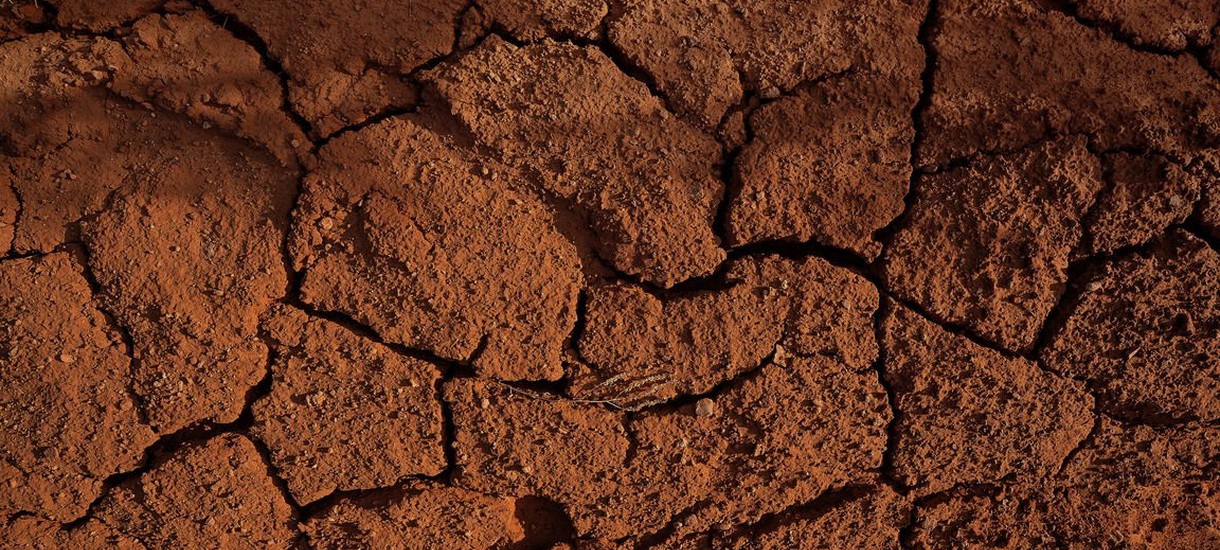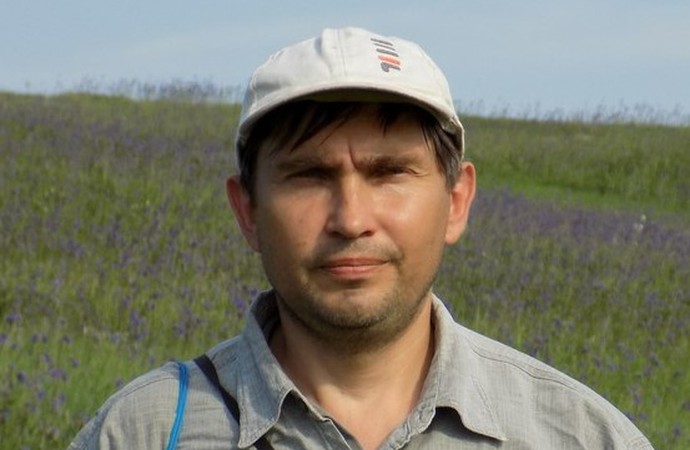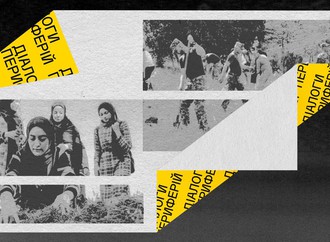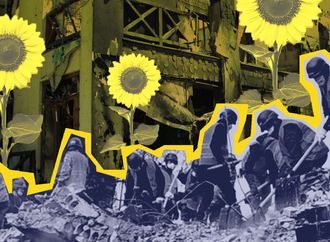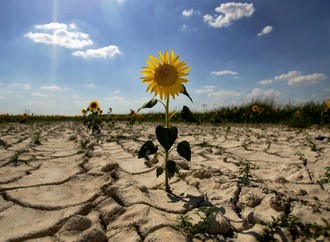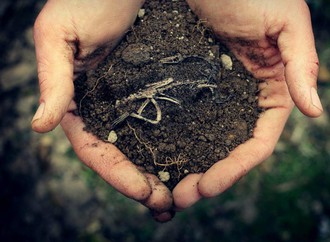Ukraine is an important player in the global market of agricultural production. It is one of the world’s top-10 grain exporters, and it is the global leader in growing and export of sunflower seeds and oil. In 2021, Ukraine harvested 85 million tons of grain and intended to export 67 million tons during the 2021-2022 marketing year. It has sold 46 million tons, but 21 million tons are still waiting for export.
Unfortunately, this is impossible to do quickly. Ukrainian seaports are currently blocked because of Russian aggression. Last year, the population of Ukraine was 43.5 million and the remaining 21 million tons of grain exceeded its annual domestic needs (18-20 million tons). However, the number of people under threat of starvation is several times more than the population of Ukraine. Third-world countries mainly buy Ukrainian grain for food, whereas 70-75% of Ukraine’s grain consumption is for animal farming.

Ukraine makes a valuable contribution to global food security, but Ukrainian scientists, environmentalists and responsible politicians do not boast about the role of their country in the world. On the contrary, this is a great tragedy for Ukraine because it pays a terrible price: the destruction of natural ecosystems, loss of biodiversity, soil degradation, and gradual desertification. Agricultural land covers 71% of Ukraine. Arable land covered 53.8% of Ukraine in 2012, and 56.8% in 2018 (for comparison, this rate in the EU is only 25%). Thus, the area of arable land increased by 3%, or by 1.8 million hectares. The country ranks third in the world in the percentage of arable land.
The area of highly-degraded and low-yield arable lands is at least 6.5 million hectares. Though, in total, it is necessary to take 9 million hectares of eroded arable lands out of use. Agrarian and soil scientists argue that this area should be transformed into grasslands and forests, but agricultural business continues to till it. The annual increase of eroded arable land is 60-80 thousand hectares, and the annual loss of humus in Ukraine’s famous black earth (known as “chernozem”) is about 0.6 tons per hectare.
Agriculture provides 12% of the Ukrainian GDP. This high figure should not be considered an indicator of success, but a sign of economic backwardness, because the share of agriculture in the GDP of developed countries is 1-2%. The low economic efficiency of agriculture appears more impressive when it is realized that 12% of the GDP is provided by exploitation of 71% of the country’s area as agricultural land! In Ukraine’s recent past, it was considered to be the breadbasket of the Soviet Union. It must not remain a raw material appendage in the current global food market. For example, Ukraine exported 57 million tons of grain in the 2019-2020 marketing year but only 334 thousand tons of flour. This means that the product with some added value (flour) was exported 170 times less than the raw material (grain).
Economists argue that agriculture cannot provide further economic development for Ukraine because its potential has been exhausted and that it is time to reject its domination in the national economy. Agricultural domination in shaping land policy distances Ukraine from EU countries’ models of economic development and environmental policy. Environmentalists say that Ukraine’s agricultural sector does not export grain, but natural ecosystems, soil, water, biodiversity and the future of the country.
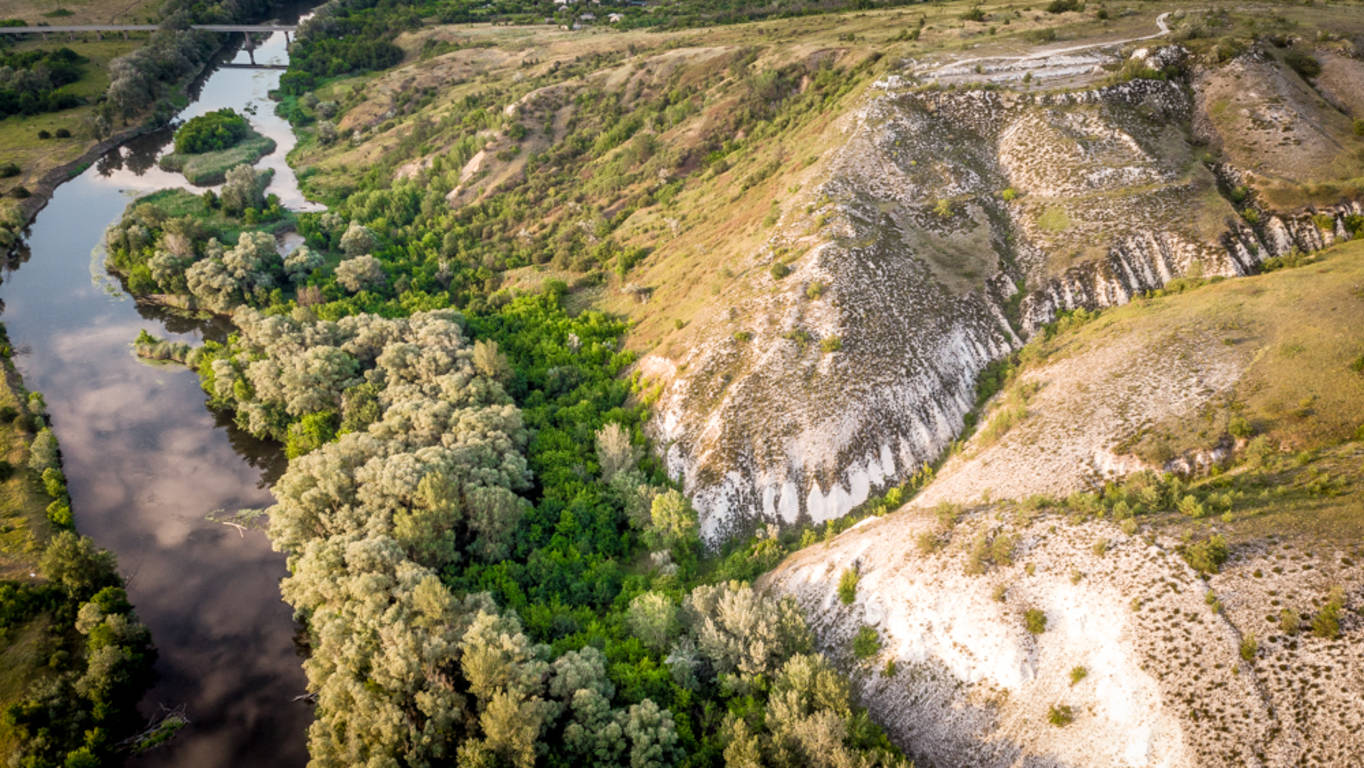
Nature Reserve Chalkland flora on the right bank of the river Siverskiy donets near the city of Lyman. As of June 16, 2022 — on the occupied territory / Photo: Wikipedia
The steppes (grasslands) of Ukraine suffered the greatest losses. The Steppe Zone covers 40% of the country, but only 4% of the country remains as true grasslands. The Steppe Zone is almost completely ploughed. The extinction of grasslands (steppes, meadows, etc.) continues in spite of legislative and regulatory acts which announced the reduction of arable land percentage, and the expansion of grasslands as pastures and hayfields by 2.8% of the country’s area by 2030. Meanwhile, the Ministry of Environment noted that the agricultural sector causes the emission of 92 million tons of greenhouse gasses, which is equal to the emission of all the energy sectors of Ukraine, including transport, heat and electricity production.
Thus, such intensive agriculture is the most dangerous sector for the Ukrainian environment because it is the main factor in the destruction of natural ecosystems, climate changes, and soil and water pollution. That 57% of the country is cropland means that more than half of the country is subjected to permanent chemical pesticide treatment. However, the main environmental problem is the loss of natural ecosystems because agriculture has occupied almost three quarters of the country’s area. Natural and semi-natural landscapes cover no more than 22% of Ukraine. There is no available space for the expansion of forests, grasslands, or wetlands. The cause of such a situation is the mistakes of the first stages of land reform in the 1990s. They have not been corrected until now. That is why Ukraine cannot reach the target figures of protected lands, which should be 15% of the country’s area. Authorities intended to reach this indicator between 2010 and 2020, but in 2019 they had to postpone it to 2030. Today, it is only about 7% and its slow expansion is accompanied by a reduction of the natural ecosystems without protected status. Meanwhile, protected areas cover 26% of the EU.

Olexiy Burkovskyy
The UN proclaimed 2020-2030 the decade of restoration of natural ecosystems, but this renewal is impossible without solving a fundamental issue: the land policy problem. However, it is necessary to change the global systems of food production and consumption to reduce the ecological footprint for the release of large anthropogenic areas for wildlife. In order to achieve this aim, we should rely on new biotechnologies of food production, rather than classic industrial agricultural methods, which only will work in the short and medium terms. Now we can see active development of food biotechnologies like cultured (cell-based) meat and seafood, vertical farms, yeast milk, starch artificial synthesis and other technologies which require far less land and resources for production. Moreover, such enterprises can be moved from one location to another if necessary. Food security must not depend on geography. That is why food production must have mobility as any other production, like factories of household appliances or clothes.
Biotechnologies, local food production, and responsible consumption should become the guarantee of food security across the globe. All of this will allow for vast anthropogenic areas to be freed for the regeneration of natural ecosystems and biodiversity – “rewilding.” The agricultural sector must participate as well, by investing in food biotechnologies to transform food production and therefore, not to miss out on its future market.
Russian aggression against Ukraine has shown how dangerous it is for countries to be dependent on import of energy resources and confirms the correctness of The European Green Deal. The war against Ukraine and related threat to global food security also indicates that all countries must look closer at the idea of more independence in food production. Food insecurity is linked not only to war, but also other global threats like climate change, natural and man-made disasters. One of such events can provoke starvation and threaten millions of human lives. People of any country must not be so heavily dependent on events in some other country situated on another continent, and no country should destroy its natural environment to feed others.
